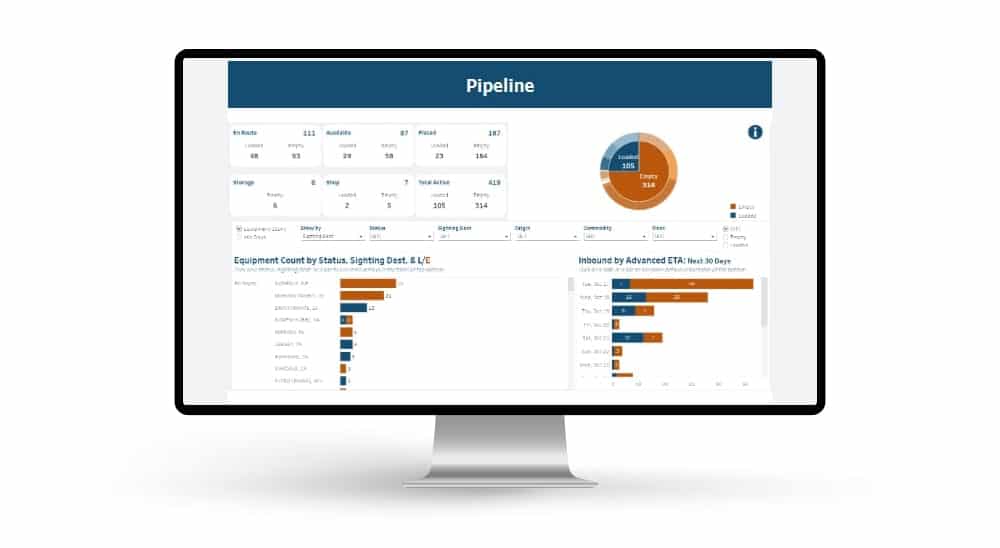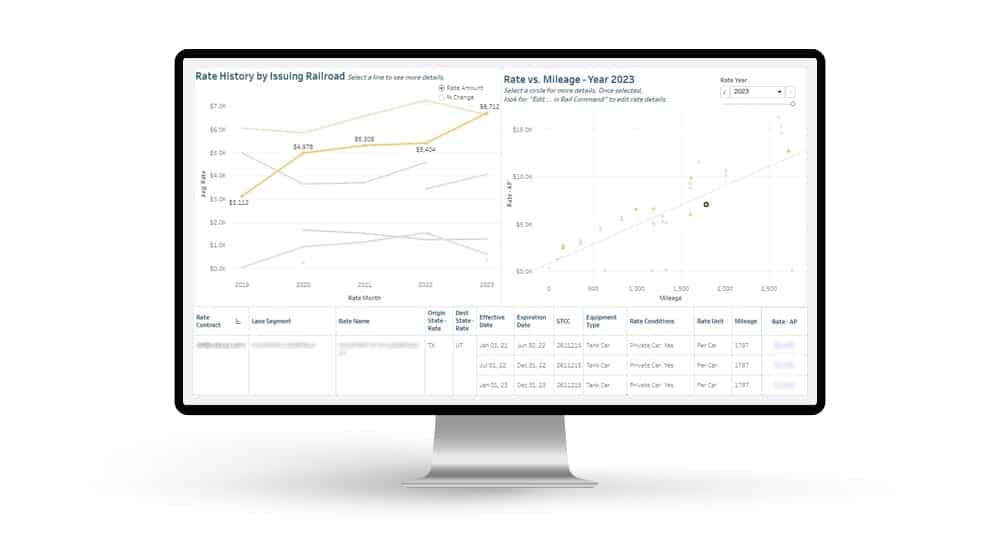A number of our customers have been asking us about the Positive Train Control (PTC) issue. The bottom line is that everyone needs to be aware of the potential for impending service disruptions. It’s likely that Congress will extend the December 31st deadline for the railroads to implement PTC, but at this point no one knows and the railroads plan to start embargoing TIH commodities on December 1st.
Background
PTC is a safety system for monitoring and controlling train movements. The system allows computers on board a locomotive to perform functions such as automatically applying brakes based on changing track or signal conditions. Congress passed the Rail Safety Improvement Act of 2008 with a deadline for PTC at the end of 2015 for all mainlines that handle passenger traffic or toxic inhalation hazard (TIH) materials. In January of 2010 the FRA published the final regulations and in December 2010 the GAO issued a report stating that the railroads were not on track to implement PTC by the end of the 2015. There have been many technical challenges to PTC implementation outside of the railroads’ control. Over the last several years the railroads have repeatedly said that the December 2015 implementation date was not achievable. The American Association of Railroads (AAR) reports that the Class I railroads will not have 100% PTC coverage until 2020.
Current Situation
As of January 1, 2016 all railroads will be in violation of the statute regardless of what traffic they transport. Railroads may be subject to fines and greater liability risk should an accident occur that could have been prevented by PTC. In September the railroads notified regulators and customers that service disruptions will occur if Congress does not extend the deadline. For instance, BNSF’s September 9th letter to the Committee on Commerce stated “our legal analysis calls into question whether we legally may operate any freight or passenger service on such lines.” So, BNSF may shut down its entire line. Union Pacific and CSX, have said they will embargo TIH traffic as of December 1st. An NS customer letter on Sep. 17th indicated they would cease TIH service on Jan. 1 and didn’t specify an embargo date. All passenger service would be embargoed.
The Senate has passed legislation to extend deadline and on September 30th the House Committee on Transportation and Infrastructure introduced a bipartisan bill that would extend the PTC deadline until 2018. Will Congress pass something before the railroads need to begin taking action? At a Rail Transportation Forum on October 1st, staff from the legal firm Thompson Hine said they wouldn’t make any bets as to when Congress will pass it. There are a number of major bills before Congress. Railroads have stated that if an extension is not enacted by the end of October, they will start notifying customers of operational plans. Stay tuned.
Who Will be Impacted
Hazardous materials play a vital role in the U.S. economy. They are used by industries from farming to manufacturing and pharmaceuticals. Ammonia and chlorine represent the majority of TIH shipments. The next most common TIH commodities are ethylene oxide, hydrogen fluoride, sulfur dioxide, fuming sulfuric acid, ethylene oxide (with nitrate), hydrogen chloride, titanium tetrachIoride, and fuming nitric acid.1 Click here to download a list of the TIH commodities from the UP website.
While TIH shippers and those with TIH in their supply chain would be directly affected, the railroads operate a connected network. Everyone will be affected if any one major railroad ceases all traffic. If TIH cars are not cleared off the network in time it could cause system delays. Railroads have also discussed rerouting traffic, which could affect service for other shippers. Since this will be happening at the start of winter, it increases the risk that service problems will ripple across the network.
The AAR has a link on their website for contacting members of Congress.
————————
1). D.F. Brown; W.E. Dunn; and A.J. Policastro, “A National Risk Assessment for Selected Hazardous Materials in Transportation ANL/DIS-01-1,” Decision and Information Sciences Division (Argonne National Laboratory), U.S. Department of Energy, January 2001. View Source


 Automated exception reporting of the railcar tracking data makes it easy to identify and troubleshoot jeopardized shipments, thereby enabling you to provide better service to your stakeholders.
Automated exception reporting of the railcar tracking data makes it easy to identify and troubleshoot jeopardized shipments, thereby enabling you to provide better service to your stakeholders. Receive notification of pending rate expirations. Tariff changes and fuel surcharges can be automatically updated.
Receive notification of pending rate expirations. Tariff changes and fuel surcharges can be automatically updated.